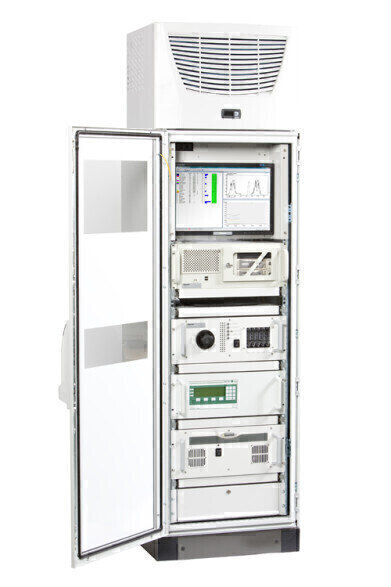Gas Detection
Best Option for Multi-Gas Detection
May 31 2012
Globally, the number of industrial processes and emissions being monitored with Gasmet’s FTIR multi-gas detection technology has increased enormously in recent years as process managers exploit the benefits of being able to monitor a wide range of gases simultaneously and with minimal maintenance and calibration requirements.
Gasmet CEMS (continuous emissions monitoring systems) are used for continuous emissions monitoring in incinerators, biomass boilers, and cement plants, and for process monitoring in many different applications. A Gasmet FTIR becomes cost-effective when there is a need to monitor 4 or more gases or vapours. Typically, the analyser is set to measure up to 50 parameters simultaneously for compliance purposes and for process control with the most common configurations including H2O, CO2, CO, SO2, NO, NO2, N2O, HCl, HF, NH3, O2 and TOC. However, Gasmet’s Antti Heikkila says “A major advantage of our FTIR technology is that we are able to add further parameters quickly and simply without a requirement for new hardware if there is a change in the process or the regulations - which means that the analyser is ‘future proof’.”
Each system is supplied with an industrial PC for processing and storing sample spectra with Calcmet software, which controls the CEM system, analyzes the spectrum using sophisticated analysis algorithms, and offers a variety of fieldbus output protocols for interfacing with plant automation systems. For example, cross-interference between gases is automatically taken into account in the analysis settings for each compound. A further advantage of the stored spectra is the retrospective analysis opportunity that they offer. This means that if users wish to study a new parameter they are able to look back at old spectra and derive concentration values.
A further advantage of Gasmet FTIR is the low maintenance requirement. Zero calibration with Nitrogen (background) just takes a few minutes and is required once a day. Water vapour calibration is performed after every major maintenance operation and at least once per year. Under normal circumstances no other calibration is required which saves a great deal of time, effort and money.
The Gasmet CEMS has been certified by TÜV (Germany) and MCERTS (UK), and fulfils the requirements of QAL 1 according to EN 14181 and EN ISO 14956.
Digital Edition
IET 34.2 March 2024
April 2024
Gas Detection - Biogas batch fermentation system for laboratory use with automatic gas analysis in real time Water/Wastewater - Upcycling sensors for sustainable nature management - Prist...
View all digital editions
Events
May 05 2024 Seville, Spain
May 06 2024 Minneapolis, MN, USA
May 13 2024 Munich, Germany
May 15 2024 Lund, Sweden
May 15 2024 Frankurt-am-Main, Germany


















